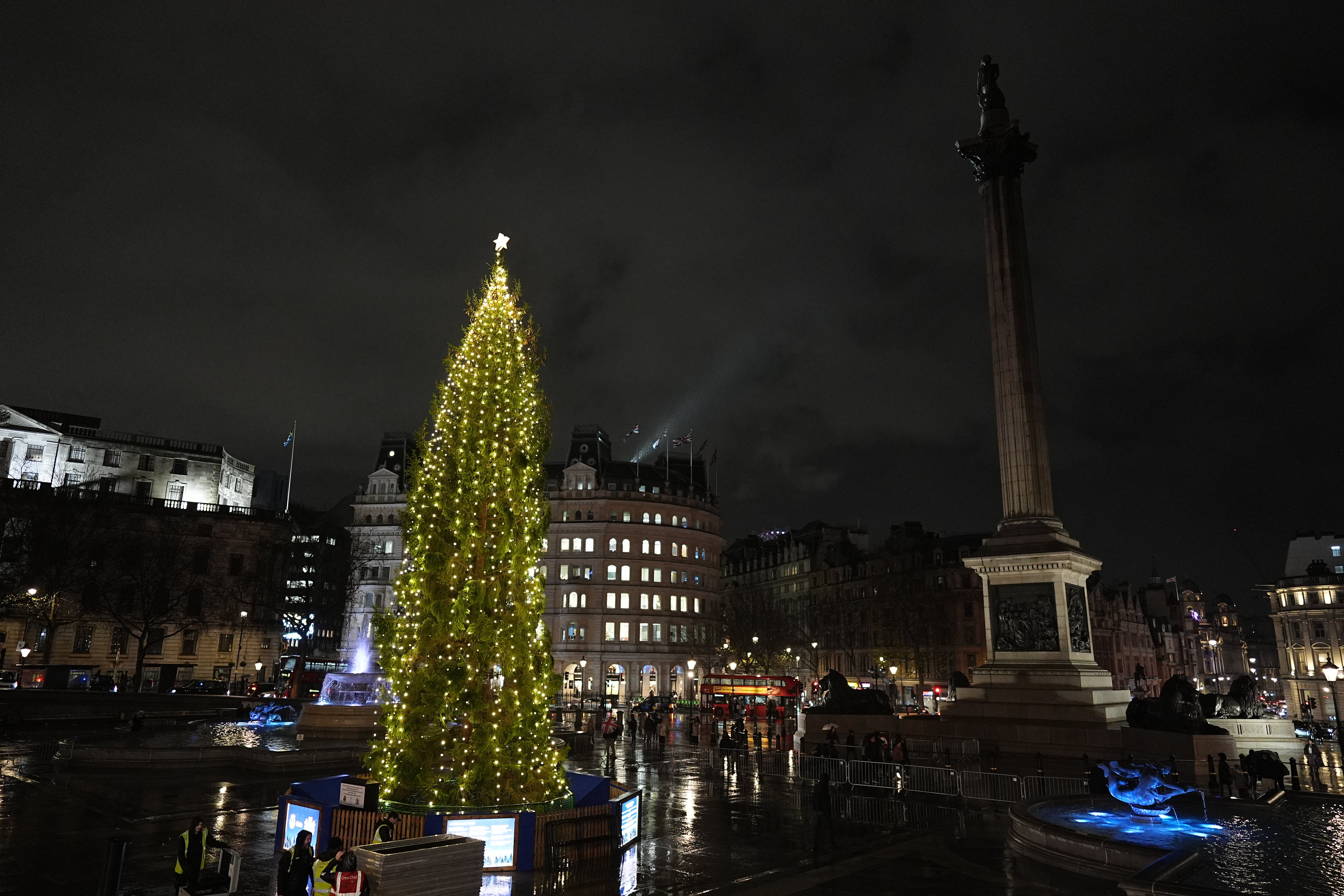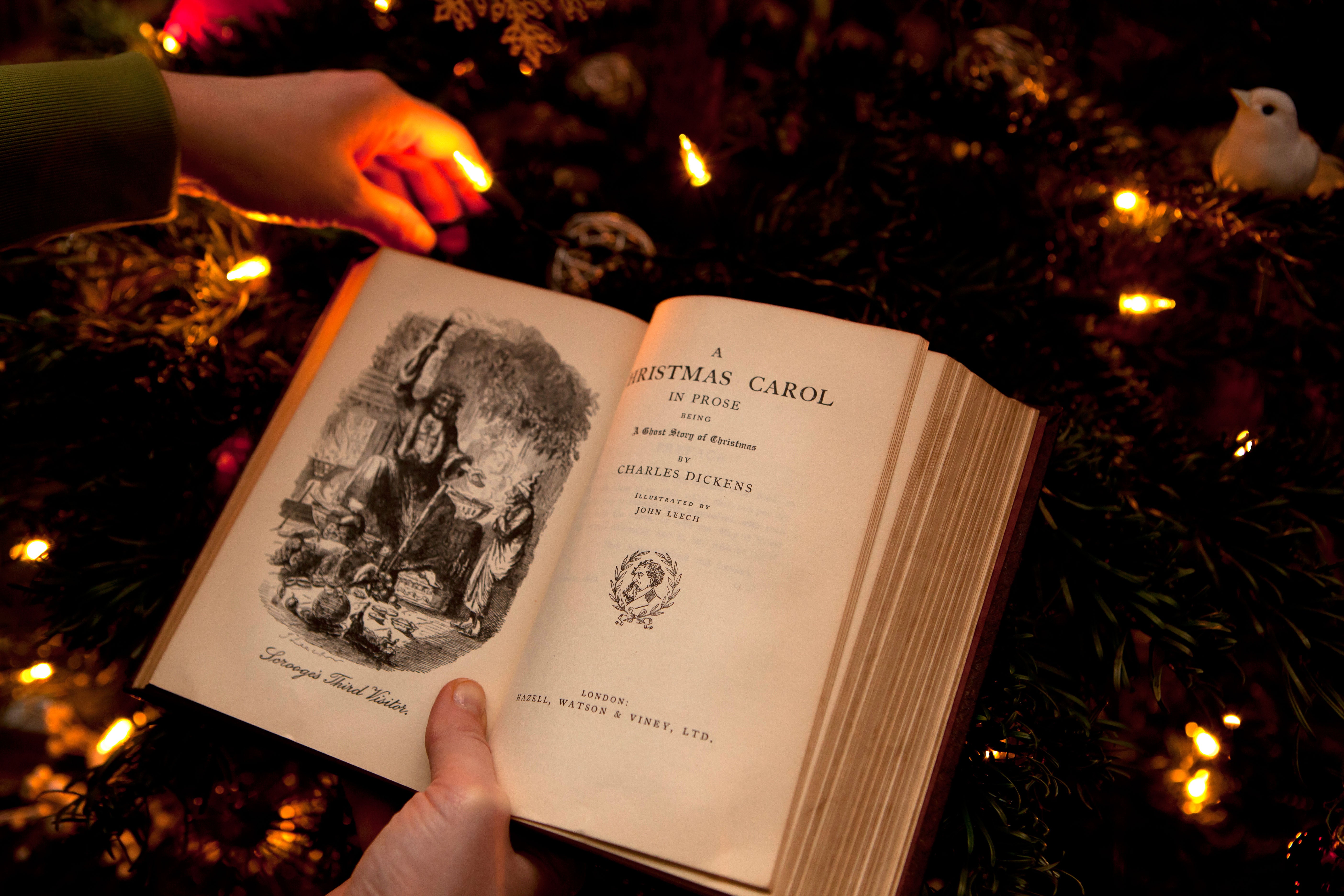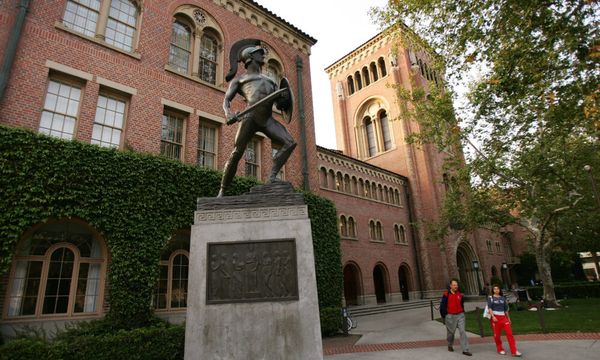
Some of the oldest Christmas carols were the pop songs of the Victorian age, an academic has said.
Many festive traditions, from the Christmas tree to carols including Silent Night, O Little Town Of Bethlehem and Good King Wenceslas, and even eating turkey and Christmas pudding, date back to the reign of Queen Victoria and were described by author Charles Dickens.
It is also the period when the first Christmas card was believed to have been sent – in 1843 – with that very card part of an exhibit at the Victoria and Albert Museum in London.

Dr Leon Litvack, a reader in the School of Arts, English and Languages at the Queen’s University Belfast, said he believes so many of the Victorian Christmas traditions have survived because of the power of nostalgia.
He said while the Victorian carols were primarily used in Christian worship, they were also sung in people’s homes and in the streets, creating an atmosphere around Christmas.
He explained the emergence of most Christmas festivities during that period was because families started to have more leisure time and more money.
“Many of them obviously were written for religious observances but it was very much something that was promoted by Methodism in the 18th century through writers Samuel and Charles Wesley.
“And they were kind of the pop songs of their day and particularly being associated with Christmas, people began to not only use them in worship but also the tradition of carolling in the streets became popular,” he said.
“There is something about Christmas and nostalgia that I think people really value. Many have Christmas traditions of their own in their families, and many of these originated in the Victorian period because people began to have more leisure time.
“It was also the period of the rise of the middle class, people had a bit more money to spend on things like presents, festivities and decorations so these all came together to make Christmas into a holiday.

“In the 17th century and even in the 18th century, Christmas was not really a holiday, it was not necessarily a day off for workers. That only really came to the fore in the 19th century.”
Dr Litvack, who specialises in the study of Charles Dickens, said it was through his A Christmas Carol, that these developing traditions were popularised and preserved.
“These Christmas traditions already existed, but through this very sentimental story, were brought into people’s minds, people read the Carol, and it became a very popular Christmas present,” he said.
“It was originally pocket sized and with hand-coloured illustrations in the text which made the book fairly expensive; it sold for five shillings which was quite a lot of money for people at that time.”
Dickens is particularly associated with Christmas, and I think that it’s because it is a heart-warming story that keeps getting retold and merits retelling because it’s got such interesting and useful messages for us
He described the message of the story as a change of heart based on looking into your own past actions and how to improve in the coming year.
The academic also encouraged the reading aloud of A Christmas Carol to bring the story to life, or seeing it performed, for example in the current run of shows at the Lyric Theatre in Belfast.
“Dickens is particularly associated with Christmas, and I think that it’s because it is a heart-warming story that keeps getting retold and merits retelling because it’s got such interesting and useful messages for us,” he added.







